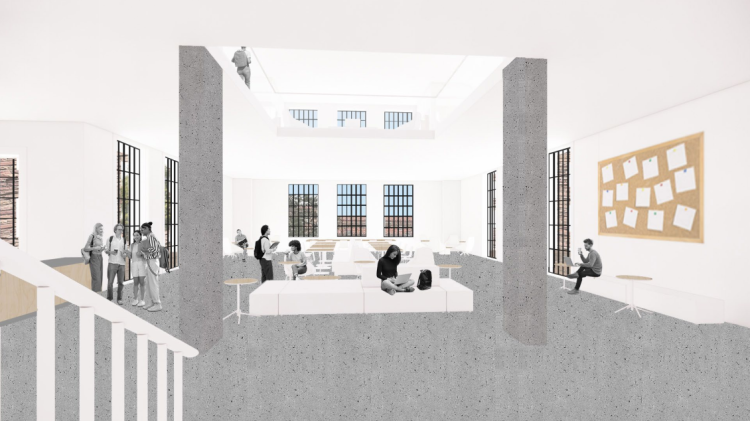CU Boulder Provost Russell Moore today announced the search for a vice chancellor for student affairs. In March, Moore named Austin Jamar “JB” Banks to the post of acting vice chancellor for student affairs following the spring departure of Akirah Bradley-Armstrong.
“I am seeking an experienced, highly motivated and visionary person who will provide strong leadership for the programs and services that enhance the co-curricular experience for our students and that promote civic engagement and student success,” said Moore.
“The next VCSA will be expected to take new and exciting steps in helping to build a more diverse, engaged and empowered community of students at CU Boulder,” said Moore.
Reporting to the provost, the vice chancellor for student affairs is responsible for leading the Division of Student Affairs, which encompasses the basic support services that enhance the classroom and academic experience: where students eat, sleep, build community and make friends, and where students can go when they need help.
The division supports student success and wellness by creating inclusive environments that address the social, emotional, physical, spiritual, professional and academic needs of all students, in order to increase retention, academic progress and graduation rates.
The search advisory committee, chaired by Daryl Maeda, is convened and will begin its work in September with the assistance of the executive search firm Diversified Search Group. Moore plans to bring finalists to campus and name a permanent vice chancellor for student affairs in spring 2023.
For more information about the VCSA position and to apply or submit a nomination of a candidate, please see the job listing here.





